Tudor’s robust, sporty chronographs hit the 50-year mark
The sister brand to Rolex is a star in its own right with classic models and a strong following. So what’s next?
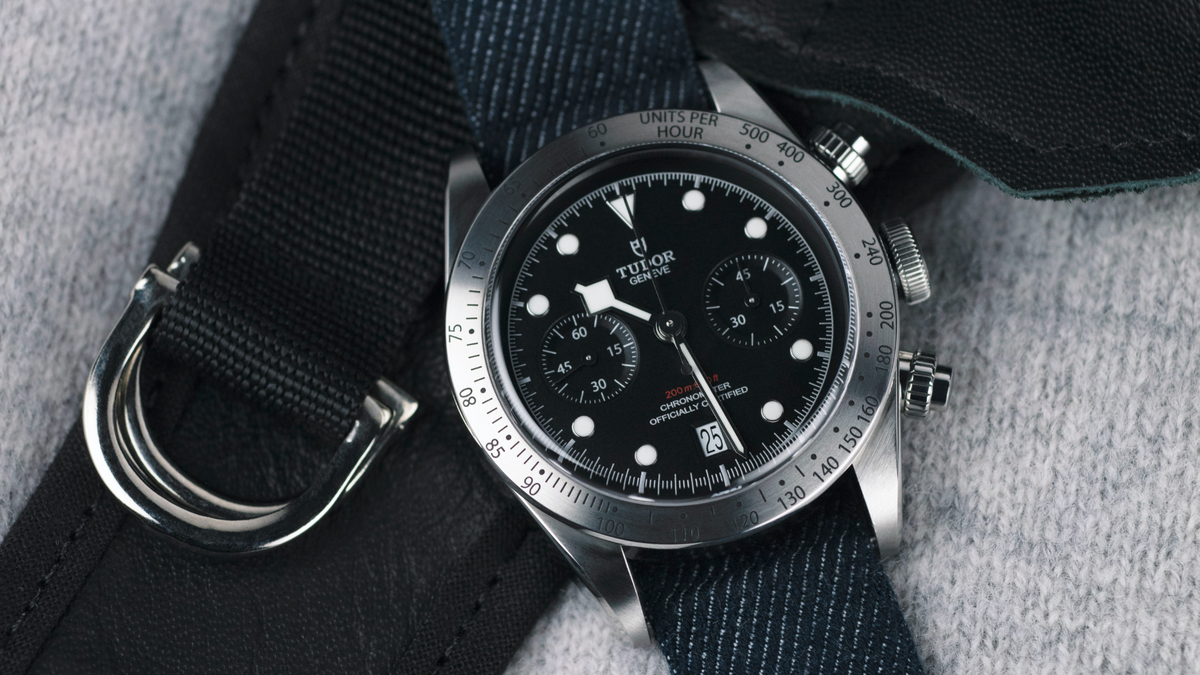
In watchmaking parlance, a ‘complication’ is any function of a watch beyond telling the time, and one of the most popular is the chronograph, or stopwatch function.
Press a button (or pusher) and your watch will start counting the passing seconds, minutes and hours. Press another, and you stop timing.
These days this sort of mechanism is typically employed for mundane purposes, such as knowing when you need to move the car or take the roast out of the oven.
Fifty years ago, these were essential tools used by pilots, navigators and race car drivers for tasks well beyond the mere cooking of dinner. And so it was that in 1970, Tudor released its first chronograph.
Old times, good times
Tudor, the sister company to Rolex, has a hard-earned reputation for robust and sporty watches, and its chronographs are no exception. Though, it must be said, the models they released in 1970 added some era-appropriate funk.
The Tudor Oysterdate Series 7000 was a manually wound chronograph in a steel case with a striking design that has come to be known as the ‘Homeplate’, due to the hour markers bearing a passing resemblance to a baseball home plate.
This was quickly followed up by the even funkier Monte Carlo, with a bright blue and orange colour scheme, which today fetches north of $30,000 on the collector's market. But even then, Tudor knew it was onto something.
The brand continued to evolve its chronograph offerings, adding an automatic chronograph movement to the range in 1976 and a highly scratch-resistant sapphire crystal in the mid-90s, along with a more refined silhouette.
The next major release in Tudor’s chronograph family wasn’t until 2010, which coincided with a significantly revamped brand image. As part of this update, Tudor looked to its past, reviving that original 1970 ‘Homeplate‘ design in two versions, black and blue.
In 2013 Tudor announced the Fastrider Black Shield – a motorsports-inspired chronograph cased in a super-hard black ceramic case that demonstrated Tudor’s design department also had an eye for the future.
The Black Bay, and beyond
At the same time as Tudor was coming up with these designs, it launched a new line of dive watches, the Black Bay, which was a phenomenal success and is now the most significant collection in its catalogue.
Given the popularity of the Black Bay, it made sense to add a chronograph into the mix – the result was the Black Bay Chrono, which made its debut in 2017 (and has since spawned a few variations).
While the chronograph is typically associated with land-based activities such as racing, the design of this Chrono managed to fuse features such as a fixed bezel with a tachymeter scale for measuring speed over a set distance with more underwater elements, like the large luminous markers and the distinctive snowflake-shaped lozenge on the hour hand.
Whether or not you think the Chrono offered the best of both worlds, it’s hard to argue with the macho impact of the design.
The real stand out feature of this watch, though, was the brand-new in-house chronograph movement, fitted with desirable attributes such as a column wheel mechanism with a vertical clutch, and a free-sprung balance with a silicon spring. All of which is an overly technical way of saying your watch will be more reliable and accurate for longer.
What was most surprising about this new MT5813 movement was that much of it was based on Breitling’s excellent B01 engine. (Breitling, in turn, gained access to some of Tudor’s tech.) In essence, this level of partnership between rival watch brands is highly unusual but the resulting mechanism is formidable.
Tomorow's Tudors
All of this sets the groundwork for the future. Tudor today is a much different brand than it was 50, or even five years ago.
A powerhouse in its own right, with all the trappings and celebrity endorsements of a major luxury brand. And you can bet that they’re not going to let a momentous marketing occasion like the 50th anniversary of its first chronograph go uncelebrated.
Expect the centrepiece of that celebration to be, characteristically, a watch. If we had to put money on it, specifically a classic, black-and-white ‘panda’ configuration like those that were popular in the ‘90s. Watch this space.
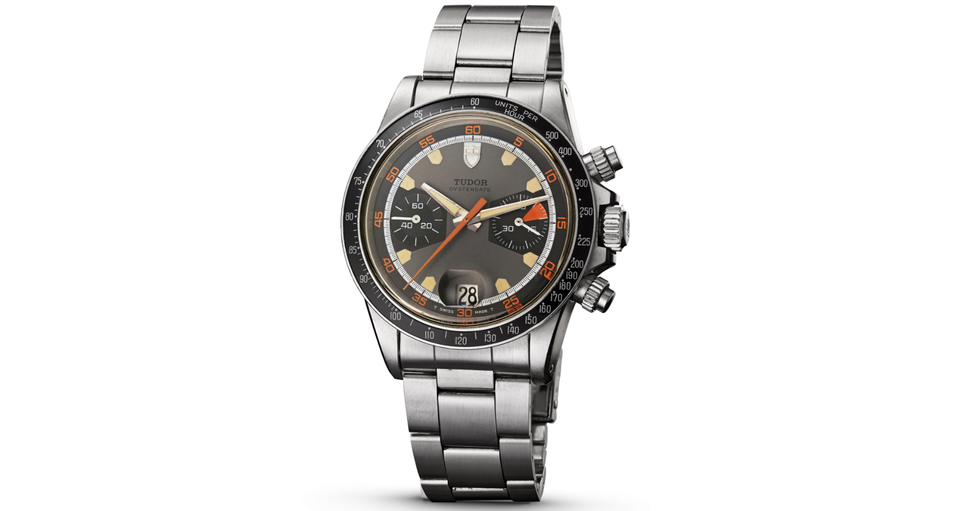
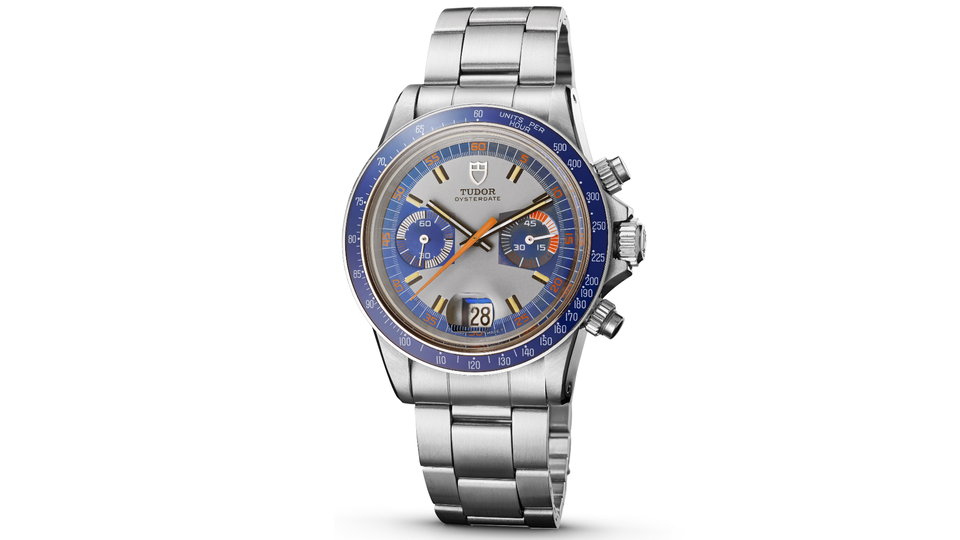
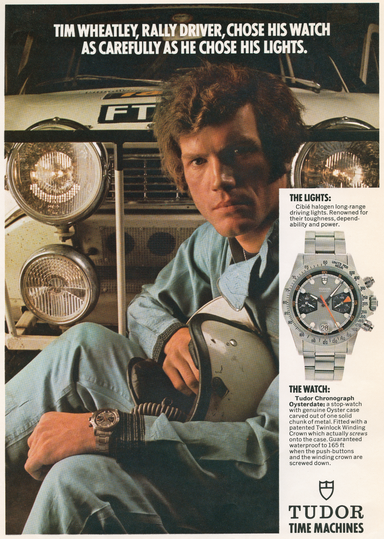
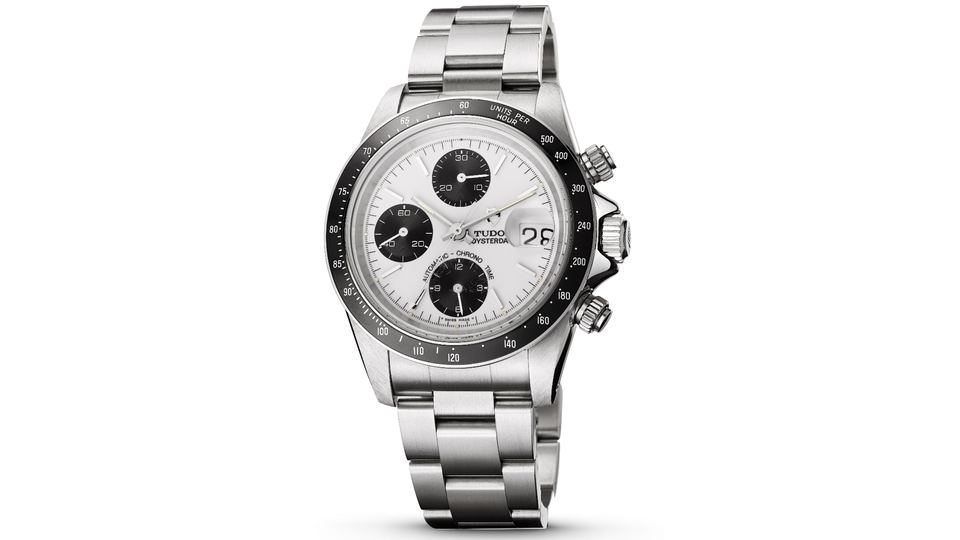
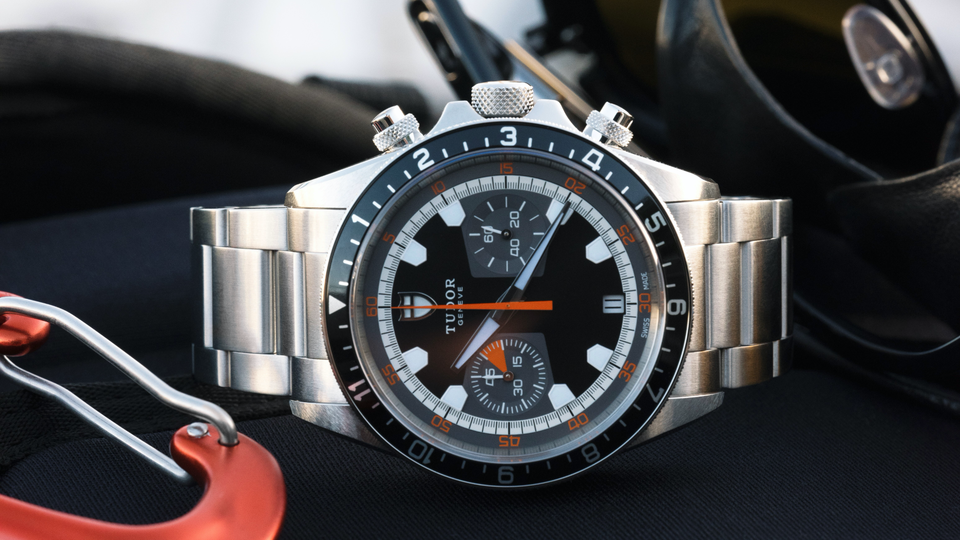
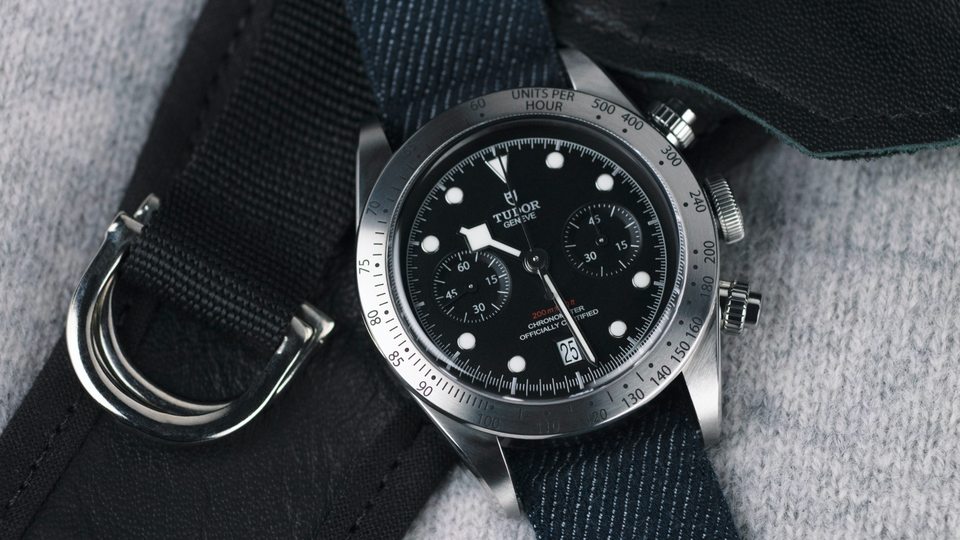
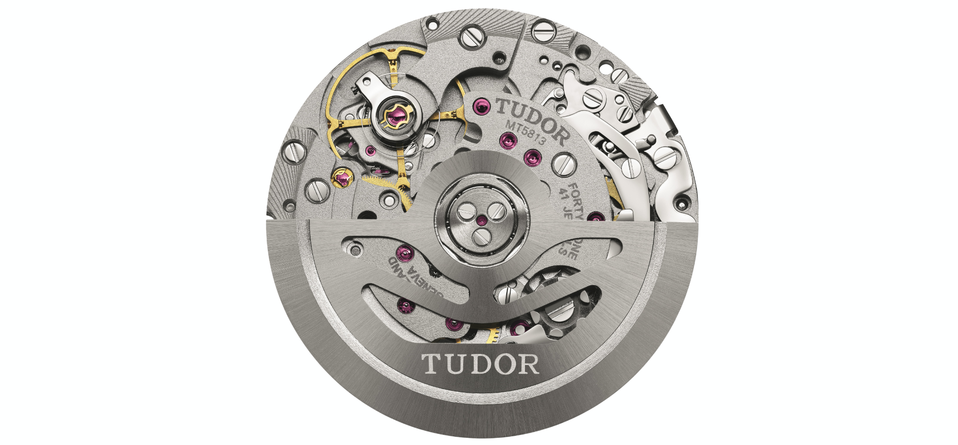

Hi Guest, join in the discussion on Tudor’s robust, sporty chronographs hit the 50-year mark